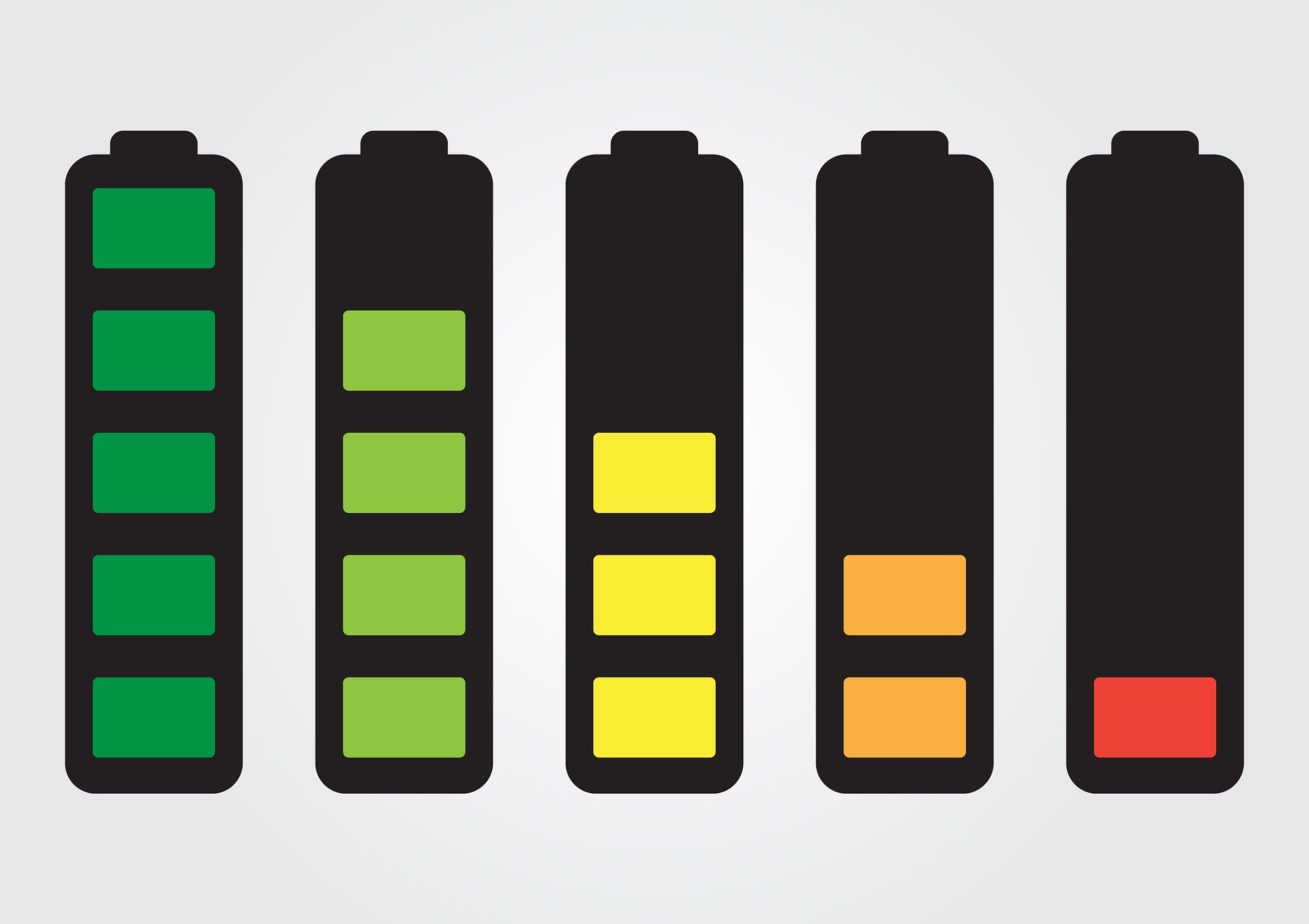Can the World Go Renewable?
Let's be honest, we all like the idea of renewable energy. No guilt and no global warming sound like a fantastic combo. The world's leaders are slowly coming around and realizing the importance of going green. Getting the world to run on 100% renewable energy sounds like a dream come true. But, are renewable energy sources viable on a large scale? Research says we can get there by 2050 without going bankrupt and it might even be profitable.
While the Paris Agreement makes renewable energy a priority, there is a push to go fully renewable by 2050. In this study, real-world data for 139 countries says we can make an 80% switch by 2030 and go 100% renewable by 2050. The upfront cost for this aggressive plan will be $124,7 trillion spread across the countries. But, if the world doesn't change its energy sources by 2050, we will be spending $23 trillion on air pollution and $28 trillion on climate damage. Add that to 4 million people dying each year from air quality and it's a no brainier. If we want humans to be around in 100 years, the initial investment is necessary.
The greatest problem with renewable energy, is developing a viable storage system. California is pushing the status quo and has invested $249 million in lithium storage batteries. To store energy, we use hydro pumps and super capacitors - but technology will have to advance to meet our 2050 goal. On the back of governments eager to meet the Paris Agreement demands, new storage systems are being researched. A group of scientists are experimenting with antiferroelectric materials that have a high energy density and might solve our problems altogether. By fixing the storage problem, renewable sources get a whole load cheaper and are easier to plug into out electrical grid.
Renewable energy is not a one-size-fits all kinda system. How you get your electricity will depend on where you live. The city of Las Vegas runs on Solar Panels and hydroelectric turbines while Iceland gets its energy from hydro and geothermal energy. You can find energy predictions for your country here. Each area has plenty of natural resources, and we will get most of our electricity from wind, hydro and solar.
Keep in mind that each country has its own challenges. There have been studies for the USA, the UK, Europe, Australia and everyone agrees. It's going to be difficult, but going 100% renewable by 2050, is possible. We will have to re-write policies, influence market structure, invest and build new infrastructures. For some areas, installing renewable energy could even be cheaper and create jobs in the process.
We already have a few countries leading the way. Take a look a this document published by The Solutions Project. There are a surprising amount of countries running on almost 100% renewable energy. Strangely, the majority of these are small African countries that you've probably never heard of. These countries have turned their natural resources to their favor, and some even export energy to their neighbors. They prove that moving to renewable energy sources won't only save our planet, but could even profitable.
Today, 176 countries have signed on to the Paris agreement. Although their policies are not drastic enough to go 100% renewable by 2050, most countries should average on 80-90%. Can the world go renewable? This is uncharted territory for our society, but the numbers are in and all the clever scientists say "yes, yes we can".
Author:
Writer





